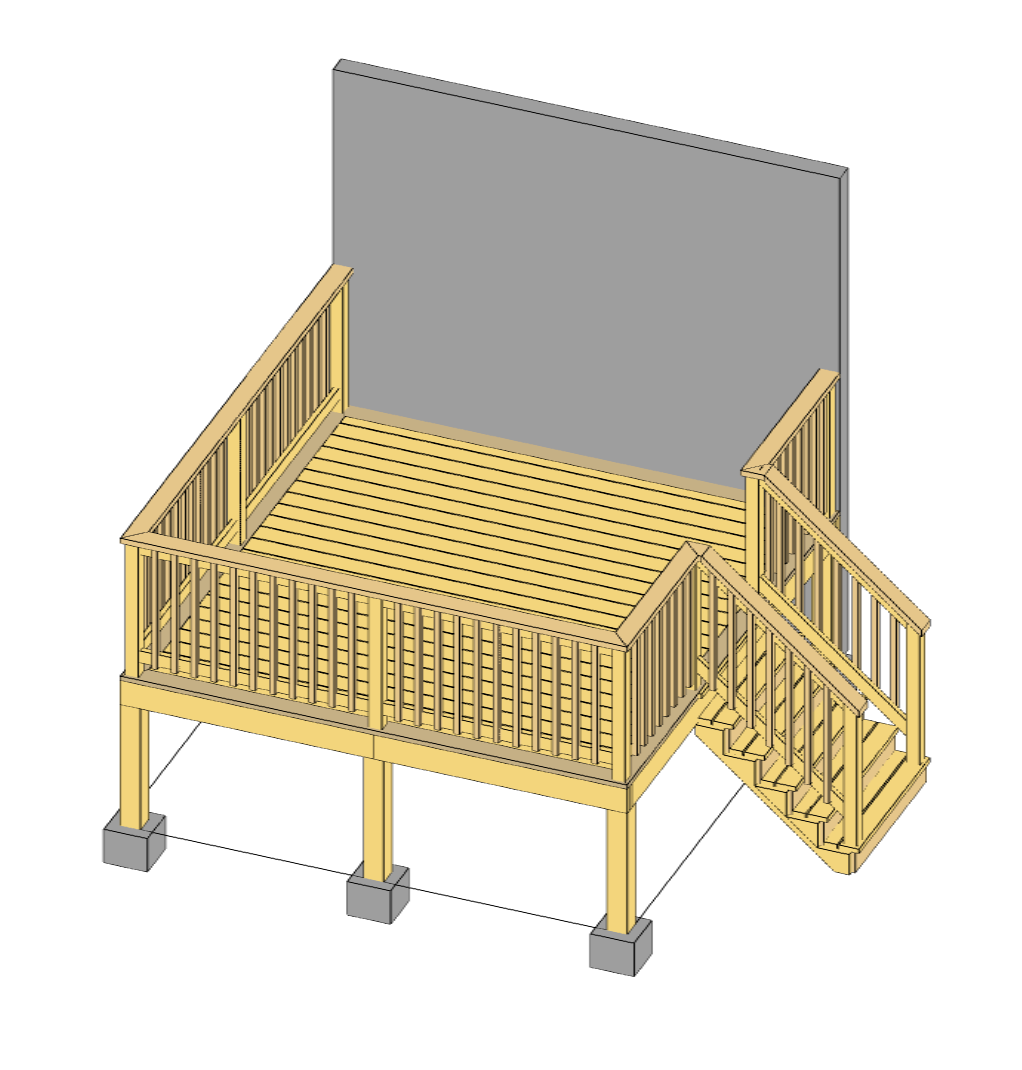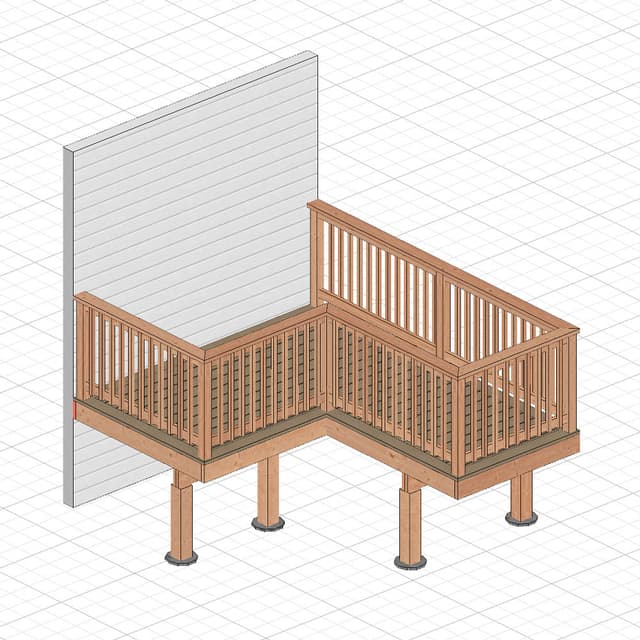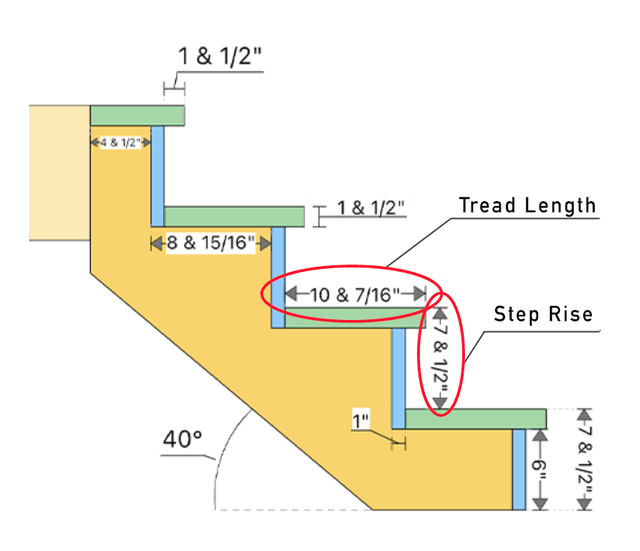How to Build a Deck Frame: Expert Advice and Tips
Essential Tools and Materials Needed for Deck Construction
Building a deck frame requires meticulous planning and the right set of tools and materials, particularly when focusing on the specifics of how to build a deck frame. Whether a seasoned builder or a DIY enthusiast, having the proper equipment ensures the project is completed efficiently and safely. Here’s a comprehensive list of essential tools and materials needed for constructing a sturdy and durable deck frame
Tools
- Measuring Tape: Precision is key in deck construction. A reliable measuring tape helps ensure all dimensions are accurate.
- Circular Saw: This versatile tool is essential for cutting lumber to the required lengths.
- Power Drill: A power drill is indispensable for creating pilot holes and driving screws.
- Level: Ensuring the deck framing is level is crucial for stability and safety.
- Hammer: A sturdy hammer is necessary for driving nails and securing joists.
- Speed Square: This tool helps in marking straight lines and ensuring right angles.
- Post Hole Digger: Essential for digging holes for the deck’s support posts.
- Socket Wrench Set: Useful for tightening bolts and securing hardware.
- Safety Gear: Safety glasses, gloves, and ear protection are vital for personal safety during construction.
Ensuring Structural Integrity with Proper Joist Installation
The foundation of a robust deck lies in the meticulous installation of joists. These horizontal structural members support the decking boards and ensure the deck's overall stability. Proper joist installation is crucial for maintaining the structural integrity of the deck, preventing sagging, and ensuring a safe and durable outdoor space.
Selecting the Right Joists
- Material: Opt for pressure-treated lumber, as it resists rot and insect damage. Common sizes include 2x6, 2x8, and 2x10, depending on the span and load requirements.
- Grade: Choose lumber that is straight and free from major defects. Higher-grade lumber provides better strength and durability.
Spacing and Layout
- Joist Spacing: Typically, joists are spaced 16 inches on center. However, for heavier loads or composite decking, spacing may be reduced to 12 inches on center.
- Layout: Begin by marking the joist locations on the ledger board and the opposite beam. Ensure the marks are consistent and parallel to maintain even spacing.
Additional Tips for Structural Integrity
- Double Joists: For areas with heavy loads, such as hot tubs or large gatherings, consider doubling up the joists for added strength.
- Diagonal Bracing: Install diagonal bracing between joists to reduce lateral movement and enhance stability.
- Regular Inspection: Periodically inspect the joists for signs of wear, rot, or damage. Promptly replace any compromised joists to maintain structural integrity.
Calculating the Max Allowable Span for Deck Joists
Calculating the maximum allowable span for deck joists is essential for ensuring structural integrity and safety. Using the Span Calculator or Span Tables users can input joist size, wood species, and spacing to determine the optimal span, preventing sagging and failure under load. This ensures the deck meets safety standards and building codes, resulting in a durable and stable structure.

How far apart should deck joists be?
Determining the correct spacing for deck joists is essential for ensuring the structural integrity and longevity of the deck framing. Proper joist spacing prevents sagging and provides a stable foundation for the decking boards. The spacing largely depends on the type of decking material used and the expected load on the deck.
Standard Joist Spacing
- 16 Inches On Center: This is the most common spacing for deck joists and is suitable for most decking materials, including pressure-treated wood and composite decking.
- 12 Inches On Center: For heavier loads or when using thinner decking materials, reducing the spacing to 12 inches on center provides additional support and prevents sagging.
- 24 Inches On Center: In some cases, such as with thicker decking boards or lighter loads, joists can be spaced 24 inches on center. However, this is less common and requires careful consideration of the decking material's strength.
Using the RedX Span Calculator
To ensure the deck joists are adequately spaced and can support the intended load, the Span Calculator is an invaluable tool. This calculator helps determine the maximum span for different species of wood, taking into account factors such as joist size, spacing, and load requirements.
- Input Joist Size: Enter the dimensions of the joists, such as 2x6, 2x8, or 2x10.
- Select Wood Species: Choose the type of wood being used, as different species have varying strength characteristics.
- Specify Spacing: Input the desired joist spacing, whether it is 12, 16, or 24 inches on center.
- Load Requirements: Indicate the expected load on the deck, including live load (e.g., people, furniture) and dead load (e.g., decking material).
The Span Calculator then provides the maximum allowable span for the specified conditions, ensuring the joists are appropriately spaced and capable of supporting the deck's load.
Is It Cheaper to Build Your Own Deck?
Building a deck can be a significant investment, and many homeowners wonder if constructing it themselves can save money. While DIY deck building can indeed be more cost-effective, it requires careful planning, the right tools, and a solid understanding of construction principles, including knowing how to build a deck frame. One valuable resource for DIY enthusiasts is the RedX Decks app, which aids in designing a safe deck and creating detailed blueprints.
Cost Savings of DIY Deck Building
- Labor Costs: One of the most substantial savings comes from eliminating labor costs. Professional deck builders charge for their expertise and time, which can significantly increase the overall cost.
- Material Selection: By sourcing materials directly, homeowners can shop around for the best prices and choose cost-effective options without compromising quality.
- Customization: Building your own deck allows for complete customization, ensuring the design meets specific needs and preferences without the added cost of custom work from a contractor.
Using the RedX Decks App
The RedX Decks app is an invaluable tool for those looking to build their own deck. It simplifies the design process and ensures the deck is safe and structurally sound.
- Designing the Deck: The app provides a user-friendly interface for designing the deck layout. Users can input dimensions, select materials, and visualize the finished product in 3D.
- Safety Compliance: The app ensures that the design complies with local building codes and safety standards, reducing the risk of costly mistakes and ensuring the deck is safe for use.
- Creating Blueprints: Once the design is complete, the app generates detailed blueprints. These blueprints include precise measurements, material lists, and step-by-step instructions, making the construction process more straightforward and efficient.

Can I use 2x4 for deck frame?
While using 2x4 lumber for a deck frame is not usually recommended due to its limited strength, it can be done safely with careful planning and the right tools.
Using the RedX Span Calculator and RedX Decks App
- Span Calculator: This tool helps determine if 2x4s can support the intended load by calculating the maximum span between beams for different lumber species.
- RedX Decks App: Use the app to design your deck framing and ensure it meets safety standards. It guides you in selecting appropriate lumber sizes and species, ensuring your deck frame is structurally sound.
By leveraging these tools, you can ensure a safe and durable build, even when using 2x4 lumber for your deck framing.
Common Mistakes and How to Avoid Them
Building a deck frame can be a rewarding project, but it requires careful attention to detail to ensure safety and durability. Here are some common mistakes and tips on how to avoid them.
Incorrect Joist Spacing
Mistake: Inconsistent or incorrect joist spacing can lead to an unstable deck and potential safety hazards.
Solution: Use the Span Calculator to determine the correct spacing based on the lumber species and load requirements. Ensure joists are spaced evenly, typically 16 inches on center, unless otherwise specified.
Using Inadequate Lumber
Mistake: Selecting the wrong size or type of lumber can compromise the deck's structural integrity.
Solution: Refer to the RedX Decks app to choose the appropriate lumber size and species. The app ensures the materials meet safety standards and are suitable for the deck design.
Poorly Installed Joist Hangers
Mistake: Improperly installed joist hangers can weaken the deck frame and lead to structural issues.
Solution: Secure joist hangers with galvanized nails or screws, ensuring they are level and properly aligned. Double-check each hanger for stability before placing the joists.
Neglecting to Level the Frame
Mistake: An uneven deck frame can cause problems with the decking boards and overall stability.
Solution: Use a level throughout the construction process to ensure the frame is even. Check the level of the ledger board, beams, and joists regularly.
Inadequate Support for Posts
Mistake: Failing to provide sufficient support for the deck posts can lead to instability and potential collapse.
Solution: Use concrete footings and post anchors to secure the posts. Ensure the footings are deep enough to prevent shifting and provide a stable foundation.
Ignoring Building Codes
Mistake: Overlooking local building codes can result in unsafe construction and potential legal issues.
Solution: Consult local building codes before starting the project. The RedX Decks app can help ensure the design complies with these regulations, providing peace of mind and safety.
Conclusion
Building a deck frame requires careful planning, the right tools, and a thorough understanding of construction principles. From selecting the appropriate materials and ensuring proper joist installation to calculating the maximum allowable span, each step is crucial for creating a safe and durable deck. Utilizing resources like the Span Calculator and RedX Decks app can significantly enhance the design and construction process, ensuring compliance with safety standards and building codes. By avoiding common mistakes and leveraging these advanced tools, homeowners and builders can achieve a structurally sound, aesthetically pleasing outdoor space that will be enjoyed for years to come.



